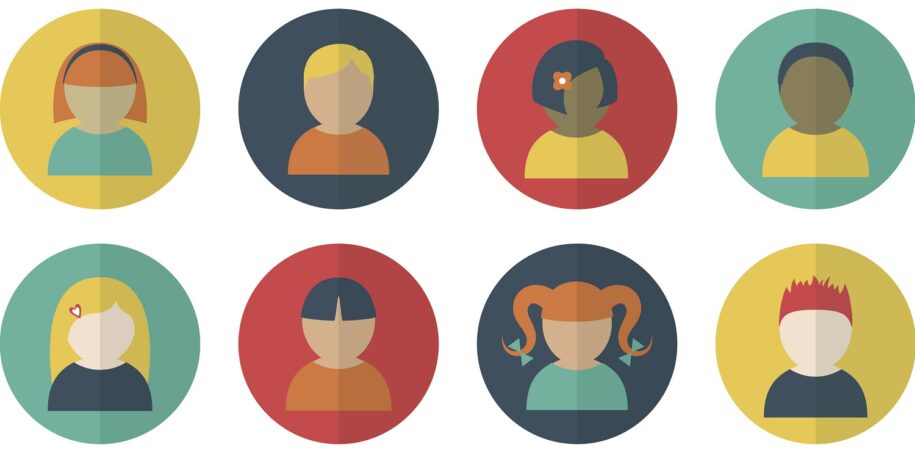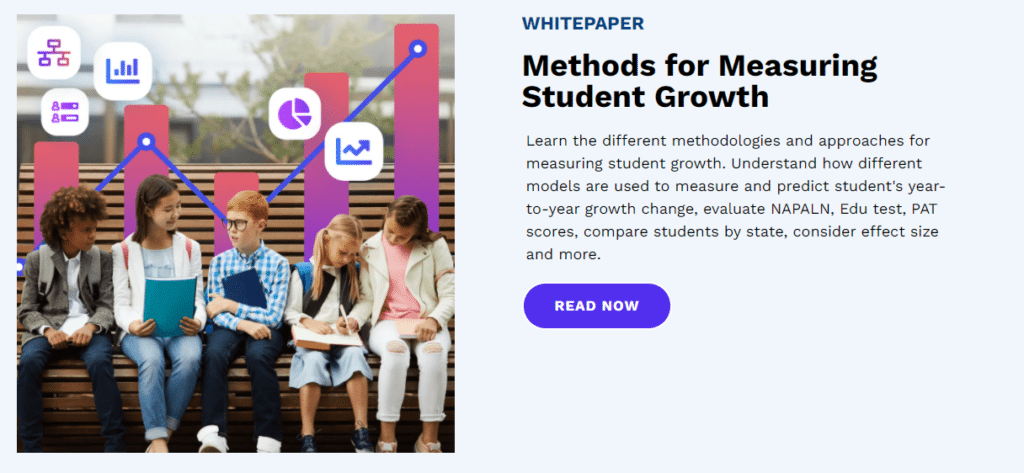For a long time, educators have wanted to create more personalised learning experiences for their students, sensing or seeing the benefits that arise from individualised strategies and attention.
But lacking resources and support, educators have often had to rely solely on formative assessment scores, personal observations, and interactions with learners to develop an understanding of who a student is and who they might become. Recording all of this information took yet more time teachers didn’t have, and required manual analysis.
The digital revolution in the education industry, however, has seen the rise of many tools that can assist educators and school leaders in recording, measuring and predicting student success.
One of those tools is the learner profile or student dashboard. Learner profiles can help teachers, parents and students assess, predict and intervene positively to impact student growth and success.
What are learner profiles?
Every learner comes to school with their own assessment record, strengths, challenges, interests and dislikes, skills and talents, support network, and aspirations. A learner profile is a comprehensive record of this data that teachers and students can both contribute to.
Life skills and social skills, wellbeing and engagement, and academic achievement all form part of a holistic student picture. They all affect each other, and all should be regarded as necessary to nurture successful graduates at all grade levels. This is why a good learner profile or student dashboard is able to measure more than test scores.
The information within a learner profile can be collected formally or informally, via written or conversational methods. It can come from teachers and students themselves. It can take the form of objective data like data visualizations and subjective reflections and observations. Once it is available in one place, education analytics software can then turn raw data into insights.
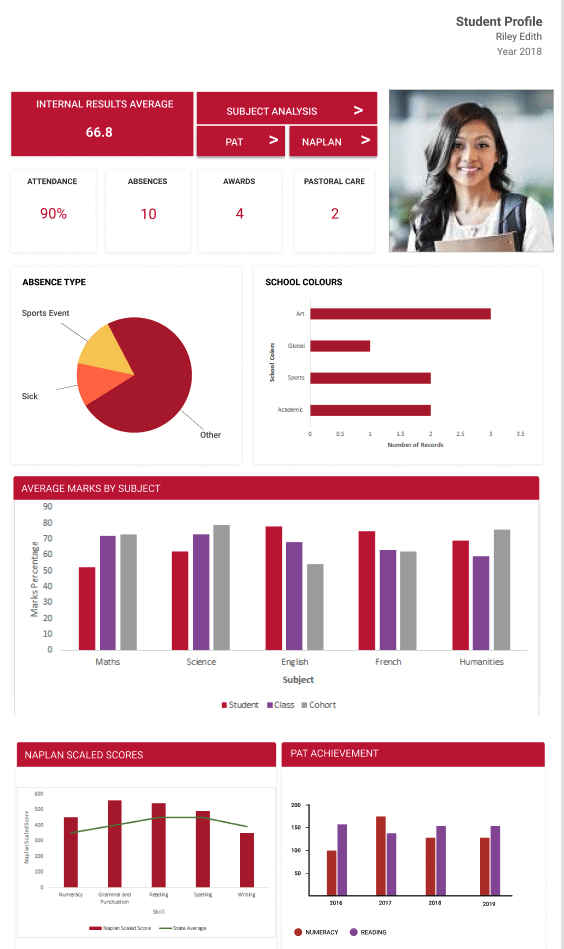
What are learner profiles?
Student growth is a metric that measures how much a student improves during a set period of time, such as one year, or between two similar assessments. It can be measured in a variety of ways, taking into account a student’s entering skill level, contextual factors, or benchmarks.
It is important to measure student growth, as positive growth indicates improvement and success, while a decline in achievement demonstrates that a learner may require intervention or support.
As a metric, student growth is most often used to demonstrate the impact of teaching. Growth measurement can be mapped to curriculum standards and expectations to report on which students have progressed as intended or expected, which have excelled, and which have struggled.
In 2020 and 2021, educators have been deeply involved in discussions on how to recognise and measure student achievement, potential and growth in remote learning situations, where there is no opportunity for in-person observations and interventions.
How learner profiles help predict student growth
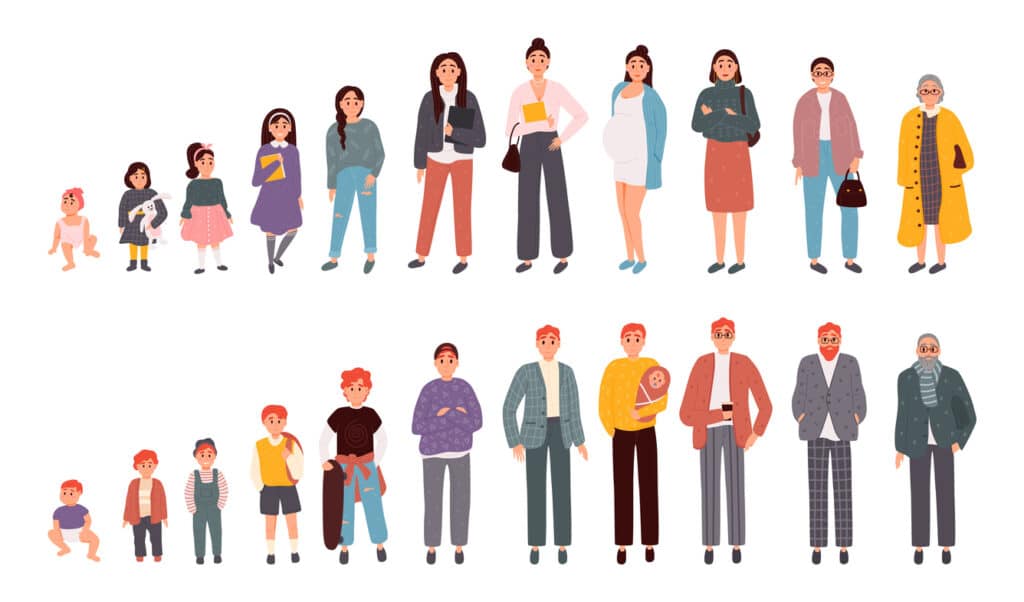
Learner profiles help teachers and school leaders measure, assess and predict student growth by creating a continuous record of a student from past, to present, to future. These records can inform decision-making about student placement and interventions. They also encourage student ownership of their own active learning, as well as parental involvement in a student’s journey.
Let’s take a closer look at each of these three ways learner profiles and student dashboards help predict student growth.
1. Learner profiles create a continuous chart of student variables and goals
From past to present to future, creating a learner profile forms a first step to charting a student’s existing state of being across a variety of factors and goals (both academic, social and emotional).
This profile can then be added to and tracked across time to highlight improvement or stalled progress in key areas that are known to indicate success or risk.
It is designed to be a dynamic tool, meant to show positive change and growth in the student’s goals and skills over time. Ideally, a learner profile stays with an individual student as they progress through a single year and multiple school years, and even across school transfers. In this way, every relevant person who affects a student’s education can track their progress and learning growth throughout their educational journey.
2. Learner profiles inform decision-making about the student’s needs
A learner profile rejects the view that there is an “average student”; it encourages a fuller, personalized understanding & engagement with the learner, including what motivates them and what kinds of strategies result in their success.
Growth reports recording what works & what doesn’t for a particular learner can lead to more successful placements and interventions and therefore ensure more certain growth for that individual student.
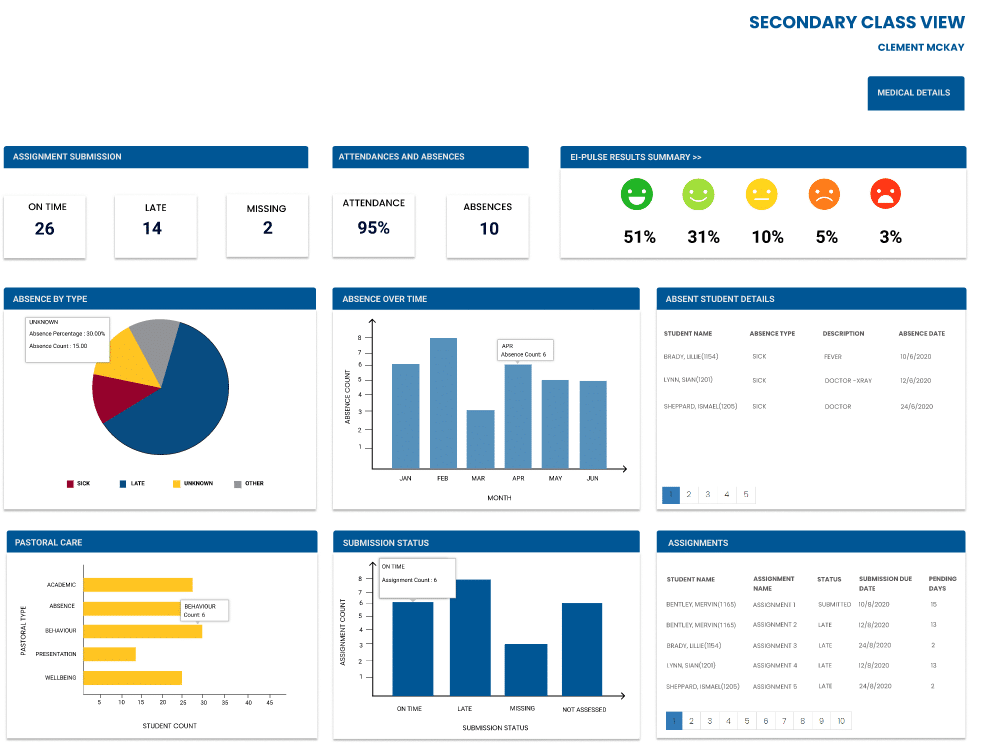
Learner profiles can help teachers in building relationships with their students, and help in recognising and recording barriers and challenges, as well as what works best to overcome such things for that particular learner.
Profiles provide information about a learner’s readiness and aptitude; where they have grown, and where they have potential to grow, which is essential knowledge for students, parents, educators and school leaders.
3. Learner profiles engage students and parents in ownership & active learning
Learner profiles support students’ self-knowledge and ownership of their learning by including the students and their parents in conversations about a student’s strengths, interests, and learning goals.
This encourages students to set such goals, work towards them, then reflect on them. Ownership is a key component of open minded active learning, student confidence, and readiness for life, and therefore a good predictor of positive growth and success, especially in at-risk groups. In their profiles, learners are given a voice and a chance to define and express themselves, and reflect on earlier progress or challenges conquered.

